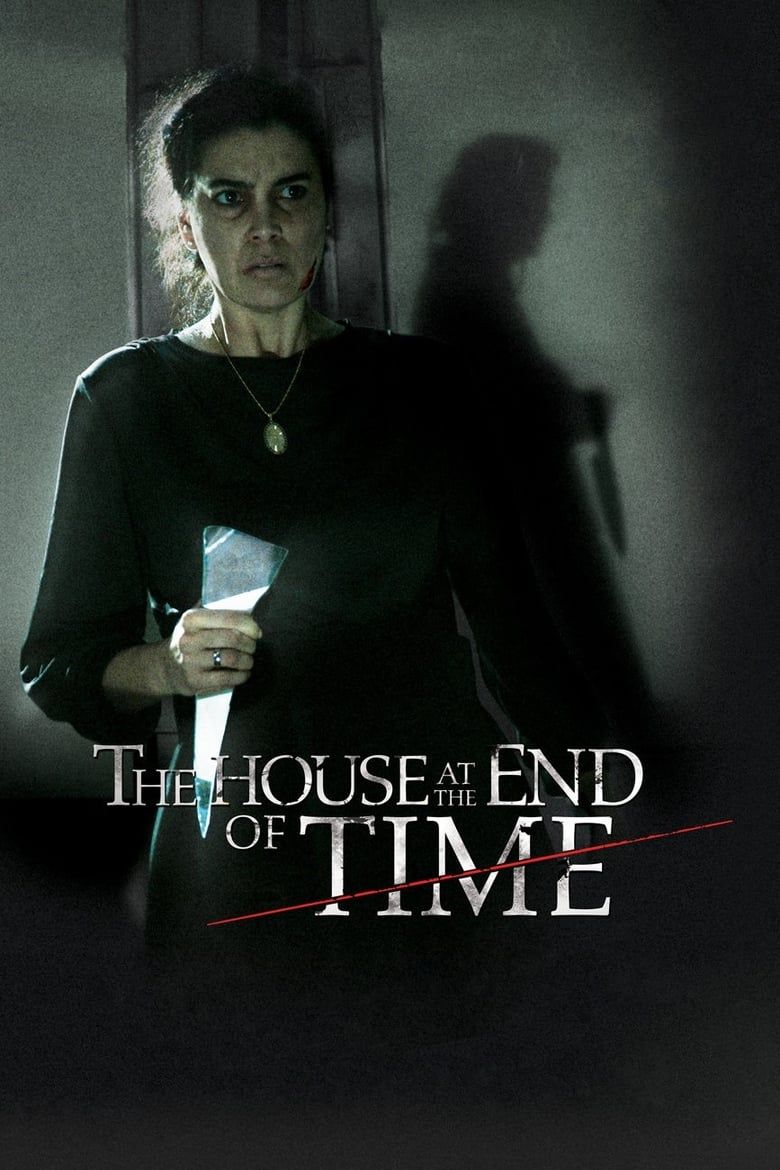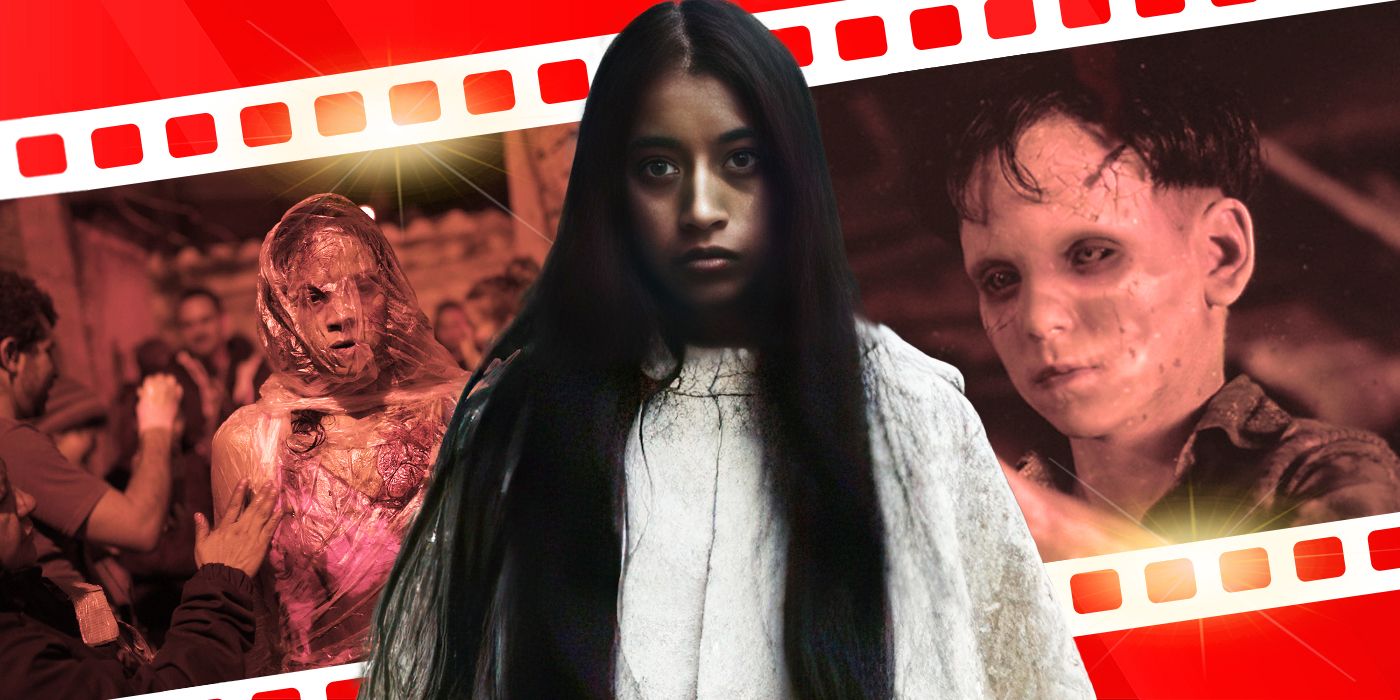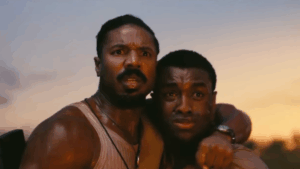This Mind-Bending, Genre-Busting Hit Is the Top-Grossing Horror Movie in Its Home Country — and You’ve Probably Never Heard of It

Venezuelan cinema has never been particularly known for horror movies. Still, its first serious foray into the genre ended up being a great box office success and the most widely distributed film to come out of the country. Alejandro Hidalgo‘s The House at the End of Time was released in 2013 after it made a significant splash at major film festivals, from Cannes to Fantasia. It then went on to inspire a South Korean remake. The film is daringly ambitious and sophisticated for a feature debut: the story unfolds in two timelines, with masterful use of flashbacks guiding the audience toward the third act where the complete picture is finally revealed. While the plot involving apparent ghosts, murder, mysterious disappearances, and children whose destinies are tainted by their parents’ misgivings, is similar to those of The Devil’s Backbone or The Orphanage, Hidalgo’s Gothic film is truly unique.
This Horror Movie Uses Familiar Tropes to Tell a Different Story
In 1981, Dulce (played by Ruddy Rodríguez) is found covered in blood next to the dead body of her husband, Juan José, in their home. Since her fingerprints were on the knife, and Dulce has trouble explaining what happened to the man and their son, Leopoldo, who has gone missing, she is found guilty of murder. 30 years later, Dulce (also played by Rodríguez in some aging makeup and a wig) is released on the condition that she spends the rest of her sentence in the same house the tragedy occurred in. The woman immediately realizes that the seemingly supernatural and malevolent powers that inhabited her home many years ago are still there. Luckily for Dulce, the only person who believes in her innocence and is willing to conduct some archive investigation is a priest.
At first, it might seem like, despite its two timelines, The House at the End of Time still utilizes many of the traditional horror tropes, like the creepy old house that the family was able to move into even though it looks beyond their means or the involvement of a secret society in building it. Hidalgo demonstrates a solid ability at handling all the classic scares: inexplicable knocking on doors when there is no one behind them, whispers in the walls, mediums speaking in otherworldly voices, and especially, creepy old folks who tend to appear out of nowhere in Dulce’s house (very Lynchian). There aren’t many of these occurrences, but that’s what makes their effect so powerful.
‘The House at the End of Time’ Has a Compelling and Complex Mystery at the Core of It
For all the great suspenseful moments, The House at the End of Time is not only a horror but a mystery film, with the pieces of the puzzle scattered across what seems like 30 years but is actually so much longer. The central mystery spans the past, present, and future presenting the audience with a very satisfying and meaningful twist. Alejandro Hidalgo’s film continues the great tradition of Latin American/ Hispanic horror that is known for incorporating complex questions into genre narratives, right there with ghosts, vampires, witches, cannibals, and masked killers. This cinematic tradition is rooted in the complex and tragic past of the continent, the social realities of the present, the unique literary heritage of magical realism, religious dogmas, and the fundamental concept of guilt.
The House at the End of Time manages to pack all of the above. The topic of faith as a formative force is explored through the priest (Guillermo Garcia), whose name and personal connection to Dulce’s story we don’t know until a certain point. His willingness to help Dulce is based on nothing but his inclination to believe that a mother wouldn’t hurt her child. Hidalgo would go on to center an entire film around a priest, the supernatural horror about an exorcism gone wrong, The Exorcism of God. In The House at the End of Time, the reality the main events are set in, both in the past and present, is dominated by social unrest and instability, as well as patriarchal order. The latter motive is introduced through Dulce’s husband, whose refusal to believe his wife’s concerns and his outright threats to take away their children become the catalyst for several tragedies.
Of course, like in so many Latin American genre films — from Carlos Enrique Taboada‘s Poison for the Fairies to Guillermo del Toro‘s movies — the emotional center of Hidalgo’s movie are the children in it. The kids here are happier in their own world, with secret handshakes and not-so-secret crushes. The reality where grownups exist is depressing at best and at its worst, dangerous. The topic of fate and grim predetermination is central to The House at the of Time, the kids being forced to reckon with how their parents’ antics are shaping them. Dulce represents a different, sacrificing side of being a parent (the motive of self-sacrifice will be crucial in The Exorcism of God, too). Ruddy Rodríguez, who plays the heroine in both timelines, is a powerhouse who manages to remain compelling even while wearing a very unconvincing wig. And it’s thanks to her and her fascinating mother-heroine who is easy to emotionally connect with, that, for all its intriguing and fantastical elements, this film isn’t only for the mind, but also for the heart.

- Release Date
-
June 21, 2013
- Runtime
-
101 minutes
- Director
-
Alejandro Hidalgo
- Writers
-
Alejandro Hidalgo
-

-

Gonzalo Cubero
Juan José
-

-

Adriana Calzadilla
Vidente Adriana






